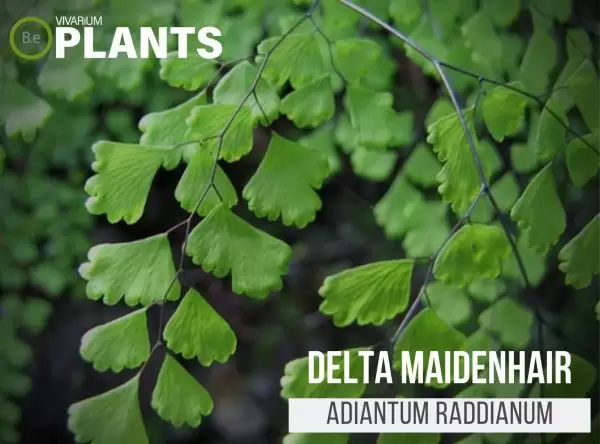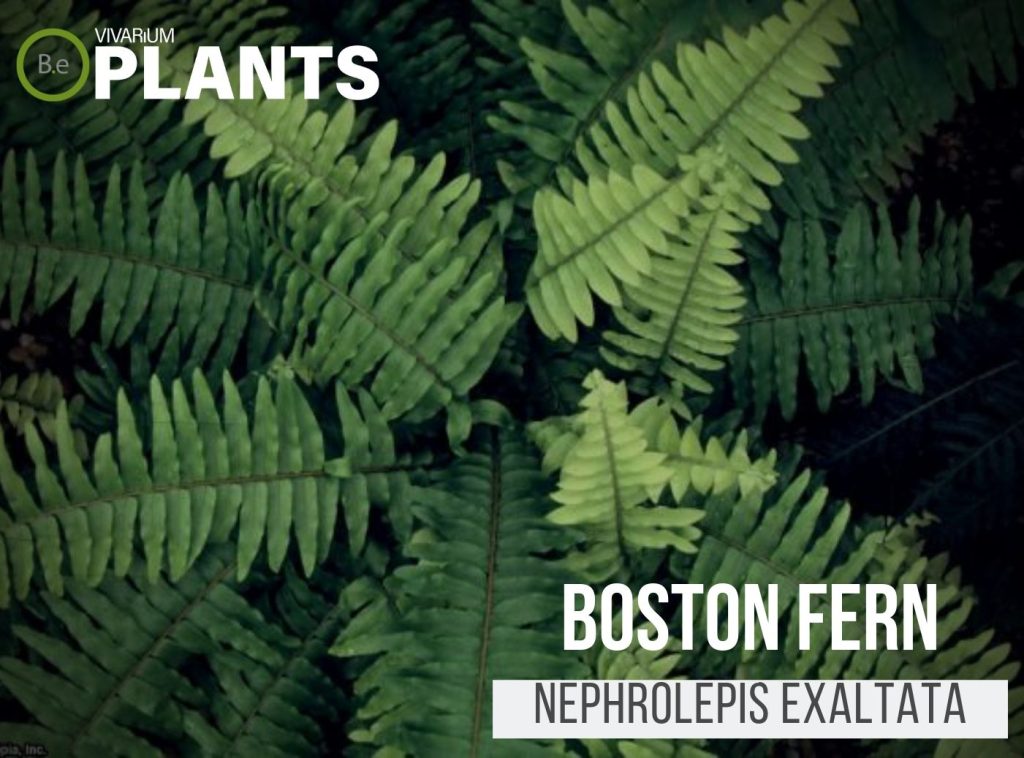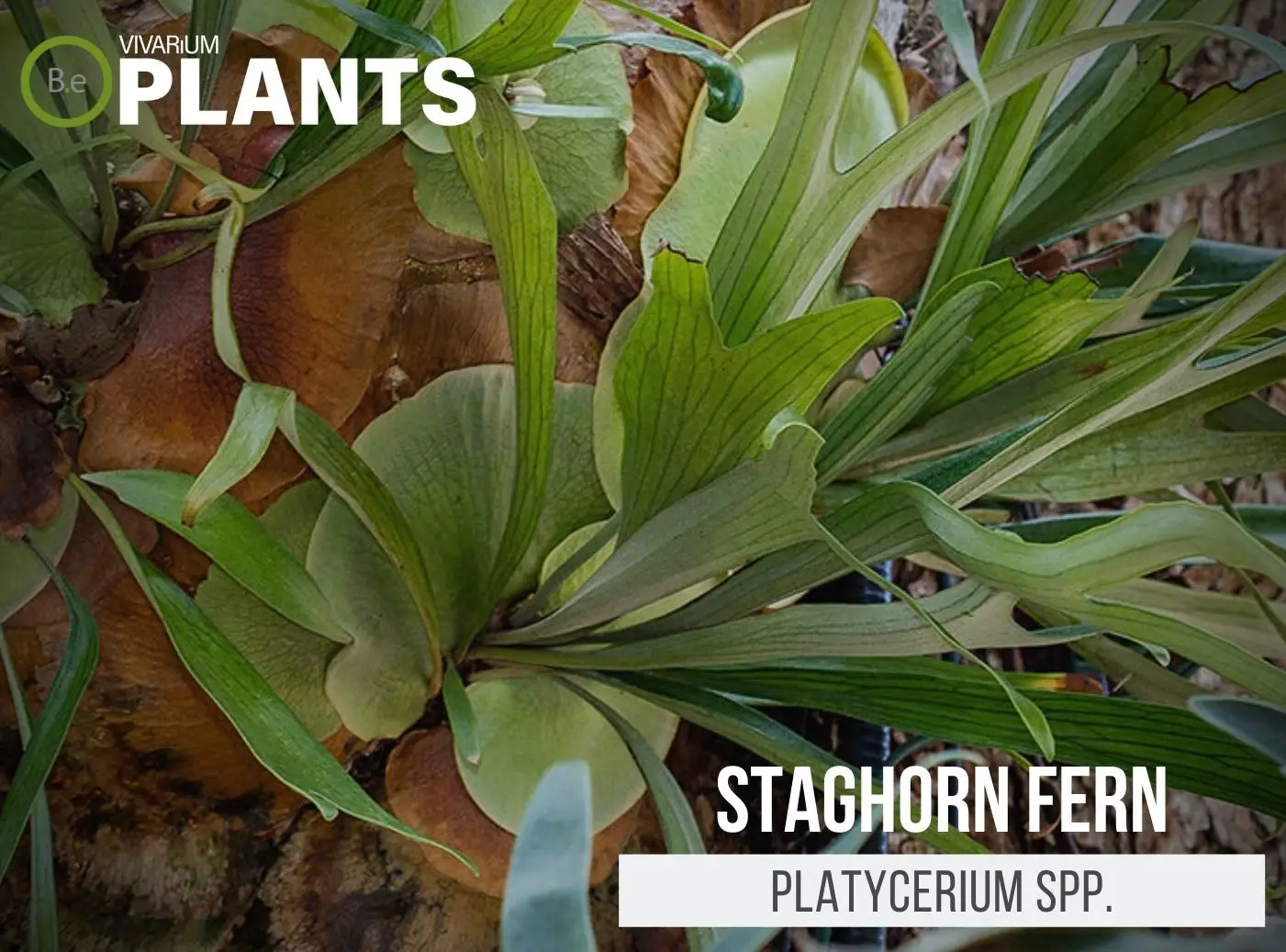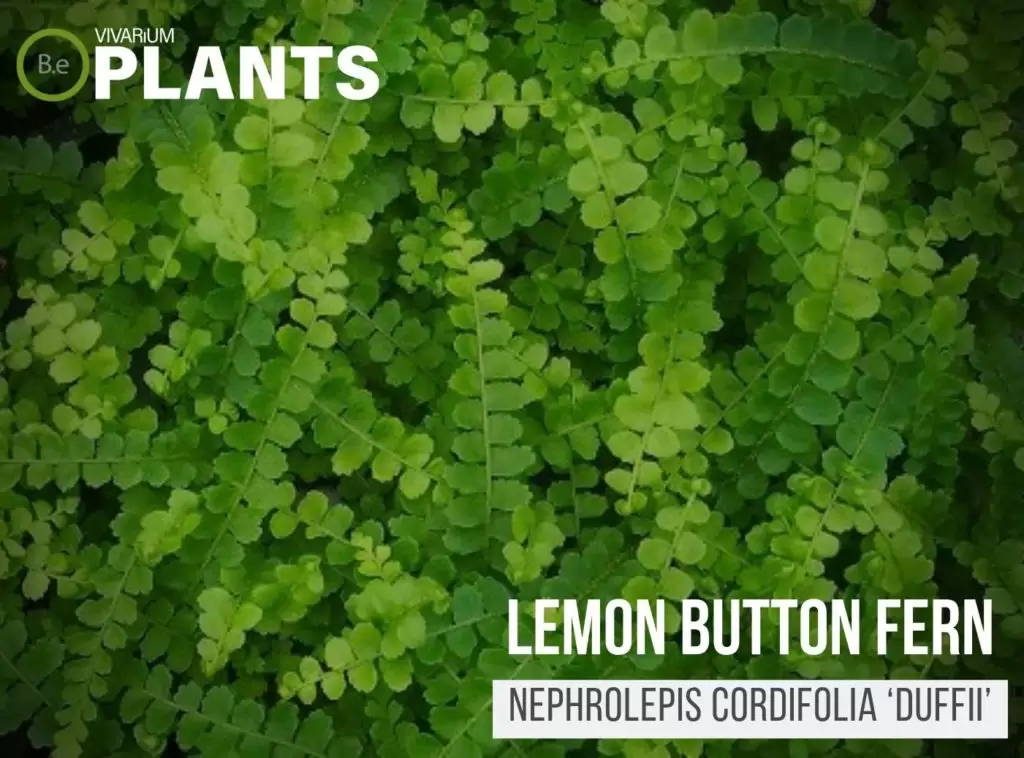Maidenhair Fern is a very large group of plants thought to be popular amongst many types of hobbyists.
The Adiantum Sp. as a whole makes up of more than 200 individual types of ferns.
Today’s article will cover Delta Maidenhair Fern (Adiantum raddianum) because it is, in my opinion, the best version of Adiantum to use as a vivarium plant.
The specific requirements this type of terrarium fern demands might make it a complicated plant to keep indoors.
Nonetheless, it is perfectly suited for life in a tropical-themed terrarium.
Table Of Contents:
ToggleWhat Is Delta Maidenhair?
Adiantum raddianum is a specific type of Maidenhair Fern grouped in the Pteridaceae family.
Much like most Adiantum species, this plant requires an environment that is close to the water and high in humidity.
The separating difference between Delta Maidenhair and other types of Maidenhair Ferns is its fan-shaped fronds and delicate inability to tolerate dry conditions.
This plant can be a rather demanding flora for most beginners and will require a bit of experimentation to understand its various care needs.


Delta Maidenhair Facts
Other than Delta Maidenhair, Adiantum raddianum is also commonly known as Fragrant Maidenhair Fern or simply generalized as Maidenhair Fern.
Adiantum R. Inherits its common name Delta (which is Greek for triangle) from the wedged-shaped leaves the plant sprouts from its stems.
Another unique aspect of Maidenhair ferns like Delta is its leaves’ ability to deflect water.
Making it a rather durable plant for rainy weather conditions.
Description
Delta Maidenhair is one of the smaller species of Adiantum.
The bright green leaves are fan-shaped and have noticeable brown spores that grow underneath.
The stems are wiry thin stalk that ranges in color from reddish-brown to black.
The root structure of this fern is made up of rhizomes that function pretty much the same as traditional plant roots but are thicker in nature.
Habitat
The environment to which Delta Maidenhair is accustomed is a very wet, humid type of setting.
This species of Adiantum is native to the rainforest of South America.
Interestingly enough, Maidenhair can not only be found growing on damp forest floors… But also in rock crevices along coastal cliffs and riverbanks.
Temperatures this plant is used to will fluctuate from the high 70s to mid-50s.
The ideal settings for this fern should be kept consistent and never fall below 60 degrees Fahrenheit.
PH Preference
PH requirements for this plant will be along the lines of the more acidic side of the chart.
Even though Delta Maidenhair can tolerate neutral levels for periods of time, the water should never be hard or go beyond 7.0 PH.
Vivarium Type
This kind of fern will do great in two specific vivarium types.
In fact, Maidenhair fern is practically made for tropical enclosures, Adiantum raddianum in particular.
Here are recommended vivariums Delta Maidenhair will do well in:
- Paludariums – Half aquatic/ half terrain-based enclosure.
- Terrariums – Fully terrain-based enclosures with little to no aquatic features.
Vivarium Placement
Being the perfect vivarium plant Delta Maidenhair Fern is, it will do well in a variety of places above ground.
This fern works great as a ground cover plant when placed at the forefront of an enclosure.
There are a number of places this plant can thrive when used as a background accent as well.
For one, if Delta Maidenhair is being paired with other types of plants, use it as a surrounding flora to fill in empty areas and provide additional coverage for inhabitants to find sanction.
Keep in mind this plant’s native residence when seen on coastal cliffs.
Try potting this fern on stone backgrounds and allow its arching fronds to create a creeping canopy of foliage.
As long as the environment is high in humidity, this plant will thrive just about anywhere in a typical terrarium.
Substrate
Like many tropical plants, Delta Maidenhair will demand a consistently damp terrarium substrate at all times.
Be careful not to over-saturate the soil in water and provide an adequate source of drainage so that the ground can easily filter out excess water.
The substrate should also be moderately acidic…
An even mix of peat moss, vermicompost, and coco fiber would be recommended to provide a loose mix of a moist, acidic substrate.
Lighting
Here’s where things get a little tricky with Delta Maidenhair.
It may take a bit of trial and error to really nail the needs of this fern but don’t be discouraged.
Adiantum raddianum will require a bit of indirect sunlight as well as partial shade.
This fern cannot receive all of one or the other.
If left in direct sunlight throughout the day, it will dry out and wither away.
On the other hand, if it receives full shade it will stunt growth and pale in color.
In the wild, Adiantum R. does best when it’s grown in a shaded location that receives bits of either morning or evening sunlight.
For a controlled environment like a vivarium, simply placing the tank near a north-facing window will provide sufficient amounts of lighting.
The downside to this is the possibility of fluctuating temperatures throughout the day.
Delta Maidenhair is a delicate plant that appreciates consistency.
I would recommend full, bright terrarium lighting and a bit of indirect sunlight.
Meaning, the enclosure should be near a north-facing window but not close enough to see a change in temperature between daylight hours.
Buy Delta Maidenhair
When shopping for possible Delta Maidenhair for sale, expect a few key indicators you are buying the best quality plant.
The fern should be free of Mealybugs along with any type of scale.
This type of spore-bearing plant can only be bought already growing in a pot and I’d suggest a full-grown fern so there is room for error.
The batch should arrive fairly moist and in fairly good shape.
Click the image below to find out more about the current price and other relative info:




Delta Maidenhair Care and Propagation
As I mentioned earlier, Delta Maidenhair is a rather delicate plant to own and may not be the best option for beginner enthusiasts.
Nonetheless, it is not an impossible plant to work with, and the right understanding of Adiantum R., as well as a suitable vivarium, will give any hobbyist a fair shot at success.
A few things to remember when caring for this fern are keeping the humidity high, the soil damp, and the temperatures consistent.
Test the PH levels in the substrate every so often to assure the soil is acidic and re-pot at least once a year and inspect roots.
Another note to add will be pruning, trimming off dead leaves is very good for this type of fern and will motivate Delta Fern to continue growing.
How to grow
The easiest way to propagate Adiantum Radianum is by separating the plant from its roots.
Each divided section should consist of at least one set of fronds as well as some roots.
Transplant shock is typical when tampering with the roots of this fern but pruning dead leaves and constant watering should coast this plant back to full health.
Another way to grow Delta Maidenhair is through a process of seeding.
Even though this plant does not grow traditional seeds, spores can be harvested from the small black balls often found on the undersides of leaves.
Simply cut the leaf that bears the spore balls and gives it a couple of days to brown.
Once the leaf has died, the balls should fall off automatically but may require some additional assistance.
Crush the spore balls up and pepper them across damp soil.
This process will obviously take longer and is rather difficult when compared to division.
Watering
Watering will be an essential part of caring for Delta Maidenhair.
Keeping the humidity high will be key to this plant’s survival.
The rule of thumb is: The higher the humidity, the less frequent watering is required.
Having a close source of water nearby this plant will really do wonders for this fern.
This might be the reason why I have found better luck with Maidenhair in paludariums in the past (because of their large aquatic features).
Watering should constantly be provided when the top layer of soil is noticeably dry.
Foggers and Misters can really cut down the workload as well if the enclosure doesn’t have aquatic features.
Plants Similar To Delta Maidenhair
Adding diversity to an enclosure is key to an aesthetically pleasing enclosure.
Try mixing up the look of your vivarium with different flora that can easily co-exist in the same types of environment.
Furthermore, if for some reason you find this fern hard to acquire or would like to consider something similar to this plant…
Here are some other plants you might find may do well with or in place of Adiantum raddianum:
Conclusion
Do not let this plant’s reputation for being difficult to keep you from working with it.
Vivariums give Delta Maidenhair the best chance at indoor survival and most hobbyists that report not having luck with this terrarium plant are usually attempting to grow it in a dry room.
I really have a certain level of appreciation for the fact that this fern can grow in a number of places above the ground and is well suited for daily rain.
This makes tropical-themed enclosures with foggers and misters a perfect habitat for this flora.
We currently keep this plant in our dart frog vivarium and it has really been a good plant to have fill-in areas around the tank…
Making it look fuller and denser, which in return provides a great place for springtails and other small critters to take refuge and multiply!
Frequently Asked Questions
The Delta maidenhair fern is a type of fern native to tropical regions. It requires frequent watering and moist soil. It thrives in humidity and indirect sunlight. To take care of this fern, you should water it regularly and keep the soil moist but not soggy. Provide the plant with indirect sunlight and maintain a relative humidity of 50–65%. Additionally, fertilizing the plant with a balanced, water–soluble fertilizer every few weeks will help promote growth.
Maidenhair ferns thrive in humid environments, so they should be watered at least once a week, or whenever the top surface of the soil feels dry to the touch. To ensure the plant receives adequate moisture, water until the water runs freely out of the bottom of the container. Additionally, misting the leaves of the fern every other day will also help create a humid environment and keep the fern healthy.
To keep your maidenhair fern healthy, it’s important to provide it with evenly moist, but not wet, soil at all times. Place your fern in an area that receives indirect sunlight and ensure adequate air circulation. Mist frequently to increase air humidity and fertilize every two to four weeks in spring and summer with a liquid fertilizer made especially for ferns. Finally, be sure to inspect your fern often for any signs of disease or pests.
Yes, maidenhair ferns make great indoor plants. They prefer bright, indirect light, making them well suited for a spot near a north or east–facing window. They also need high humidity, so misting them every other day is recommended. To ensure their long–term health, make sure to water regularly and avoid overwatering.
Maidenhair ferns are delicate, attractive houseplants that require a delicate balance of temperature, humidity, and light to thrive. Brown tips on the fern’s fronds can be caused by a variety of environmental issues, including inconsistent watering, too much direct sunlight, or even exposure to cool drafts. Improving the humidity level in your plant’s environment is the best way to reduce brown tips and help your fern recover. Increase humidity by misting the fern with a spray bottle, or placing the pot on a tray of moistened pebbles. Be sure to water your fern evenly, and provide it with sufficient indirect light.





